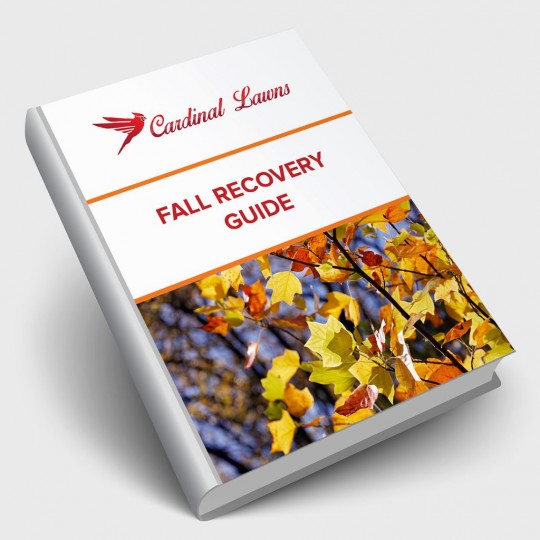How to Maintain a Healthy Winter Lawn
Pre-Planning & Seasonal Care
Posted
December 14, 2023

While your lawn may be dormant during the winter months, it doesn’t mean damage can’t be done. Learn how to help maintain a healthy winter lawn so that it bounces back beautifully in the spring.
What to do Before Winter
Many of the conditions needed to help your lawn survive the winter needs to be completed before the first frost. During the late fall, tidy up your lawn with the following tasks:
- Aerate. When your grass is dormant, it may not be growing taller, but the roots still need to absorb enough moisture and nutrients to last the long season. Aerating helps break up any compaction and provides a route for air, water, and food to reach the roots.
- Fertilize. Apply a slow-release formula in the fall so that your grass will gradually receive nourishment throughout the winter.
- Water. Give your grass a final, deep drink before the first frost to help keep it hydrated.
- Final trim. Since your lawn starts going dormant when the weather starts getting colder, you can start cutting less and less from the top. Gradually ease the grass to the recommended height range to help prevent the risk of disease and pests.
- Clear debris. During the last few mows of the season, break up any leaves and remove any branches from the lawn. This helps prevent excess moisture and allows light and air through to the roots.
Once the ground freezes, these tasks won’t be as effective, but there are still some conditions to keep in mind throughout the snowy season.
Maintaining a Healthy Winter Lawn
Even if you didn’t get to all the pre-season tasks, there’s still certain factors to watch for to help protect your lawn.
- Removing snow. While you’re blowing snow off your driveway or sidewalk, be conscious about too much buildup on your lawn. A thick layer of heavy snow and ice can lead to compacted grass and hinder growth once it melts. If you’re going to remove snow from your lawn, do it gently with a snow blower or shovel with a plastic blade.
- Limit foot traffic. Frosty grass is extra delicate so it’s best to stay off the lawn while the ground is frozen.
- Grass type. If you’re worried about your grass turning brown all winter, consider overseeding your lawn with a cool-season variety. Grasses such as fescue and ryegrass thrive in colder temperatures and should stay green this time of year.
With a little planning and added protection, you can help maintain a healthy lawn all winter long. By timing your tasks right, you should have less to worry about in the spring. For more tips on improving the health of your lawn, contact the specialists at Cardinal Lawns for a consultation and recommended services.

Download Your FREE Fall Recovery Guide
Summer’s extreme conditions can take a toll on your grass and its health. Take some time to learn how to bring your lawn back to life. This handy guide teaches you what needs to be done for a full fall recovery.